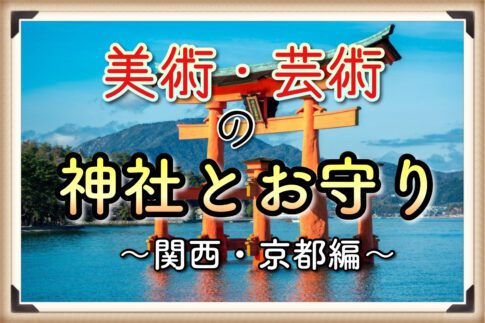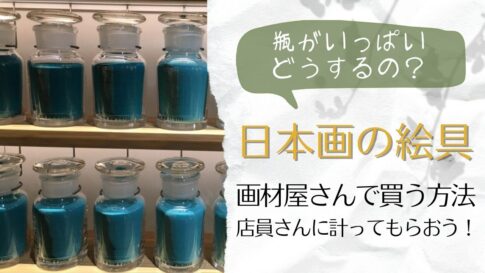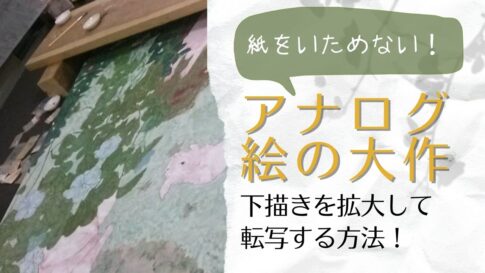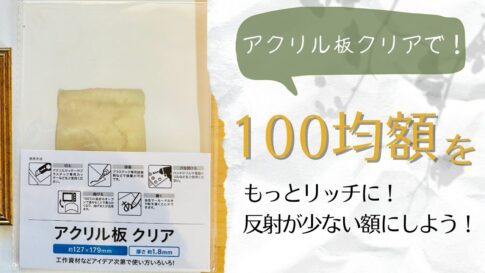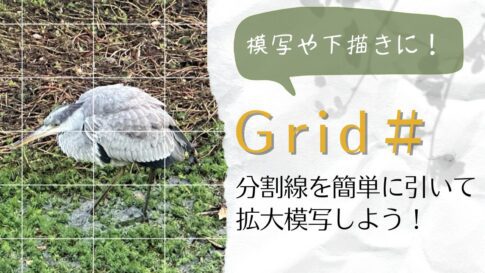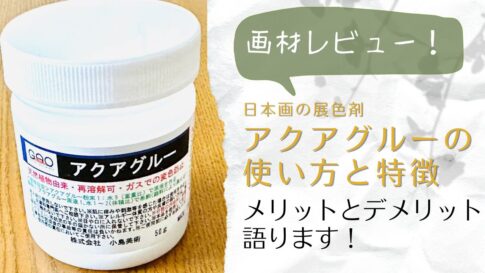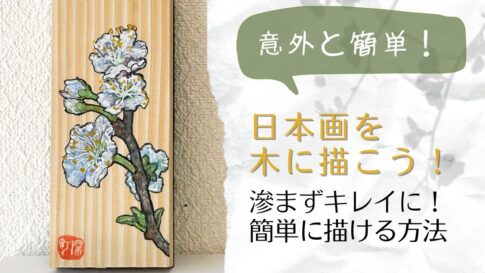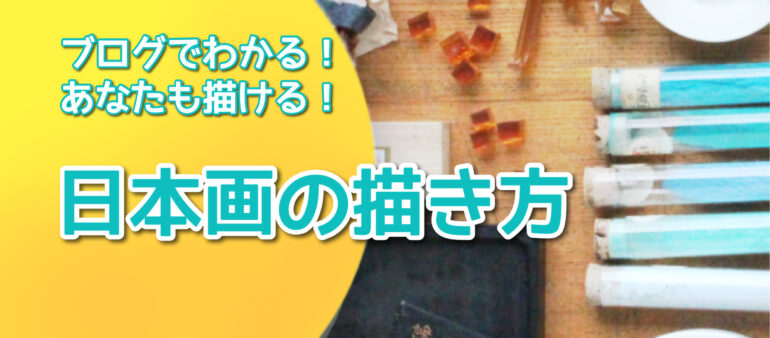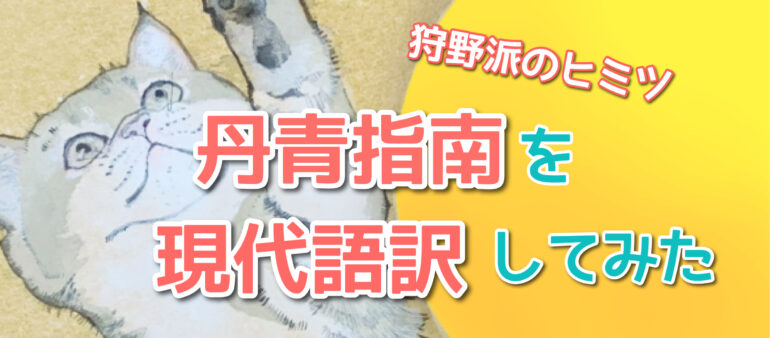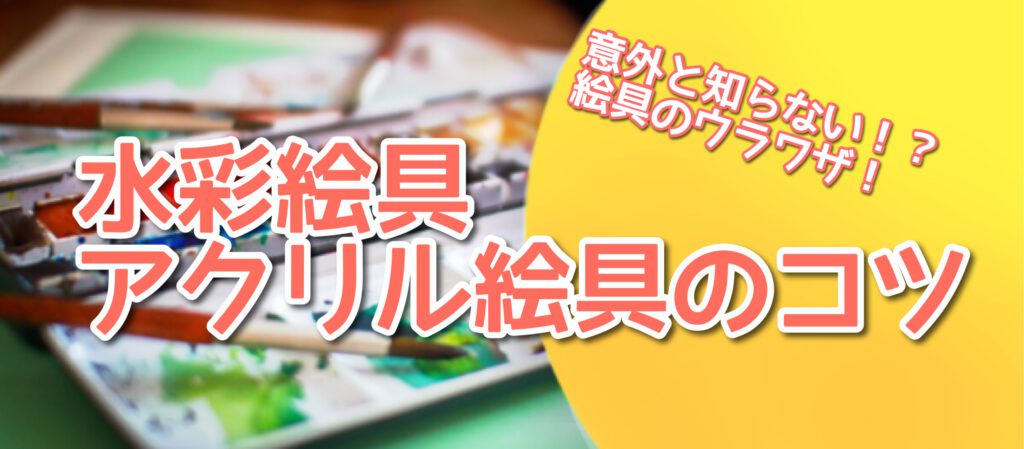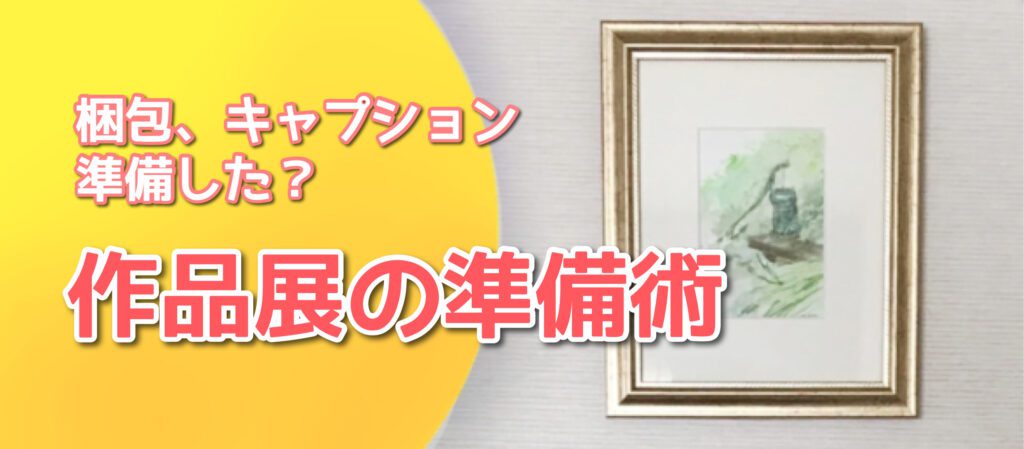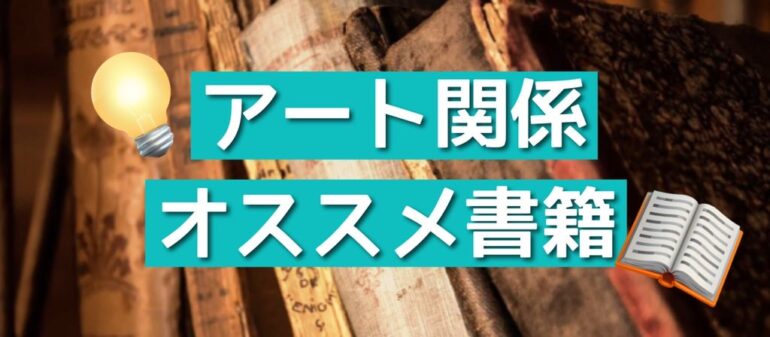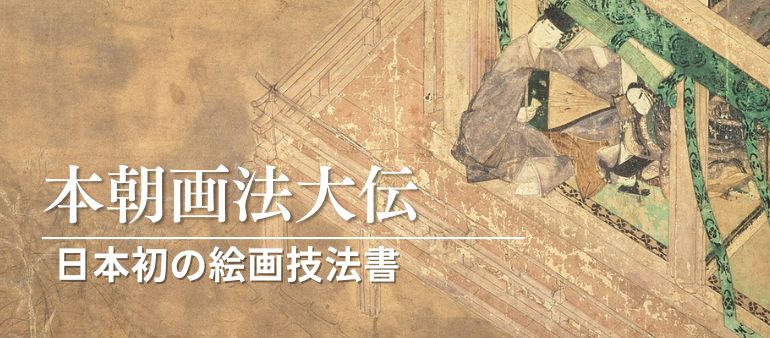Hello, I am Satomi Fukamachi, a Japanese-style painter.
Fulfillment of wishes, success in entrance examinations, love fulfillment…
There are many good luck charms, but there are only a few in Japan that can make you a good painter.
However, in a big event like an art college entrance exam, people want to get help from God to become good at painting.
In the long run, many people would rather get good at painting than take an entrance exam!
Therefore, we would like to introduce some must-see shrines and temples for art college entrance exams.
We have researched shrines and amulets that may be beneficial for art, textiles, ceramics, architecture, and more!
Related to Shrines for Better Painting!
Contents
What is the god of blessings for art and fine arts? /Shrine
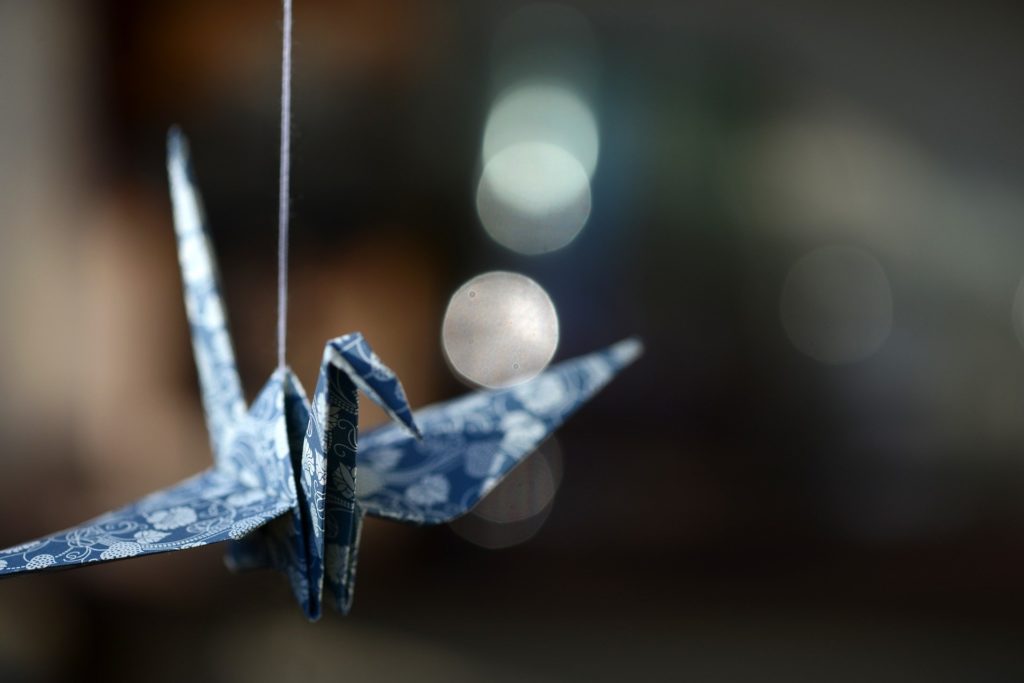
There are three representative deities, limited to those worshipped in Japanese shrines and temples, as follows.
One is Amenouzume.
(In the Kojiki, she is called 天宇受賣命, and in the Nihonshoki, she is called 天鈿女命.)
The second is Benzaiten.
The third is Ichikishimahime, one of the three Munakata Goddesses.
(市杵嶋姫命).
These three deities are the representative gods of art in Japan.
Amenouzume

Amenouzume is famous for her story with Amaterasu, the Japanese sun goddess.
In this story, Amaterasu, the sun goddess, hides behind the Iwato of the sky and the world is plunged into darkness.
However, at the suggestion of the god of wisdom, Amenouzume dances in front of the cave, causing the gods to laugh hysterically.
Amaterasu, who had been locked away, becomes interested in the outside world.
When Amaterasu opens the Iwato a little to take a look, the other gods immediately pull her out.
In this way, they were able to bring the hidden sun god out of hiding.
From this story, Amanouzume came to be worshipped as the god of the arts.
Amanouzume alias “Oomiyanome
Added on 06/27/2022
Omiyanome is considered to be another name for Amanouzume.
Therefore, she is sometimes enshrined under this name.
She seems to be enshrined together with Ukanomitama, mainly at Inari Shrine.
Since she served as Amaterasu’s maid of honor, she is regarded as the god of hospitality and harmony.
総氏神、天照大御神様と、その天照大御神様が天岩戸に隠れた時に連れ出した芸能の神、アメノウズメ命様のお守り。
— カンパネルラ🌟SUNABACO (@campa_rabb) January 3, 2019
アメノウズメ命様は素直な心であろうとする「たましずめ」の神とも呼ばれ、誇りを持って自ら生きようとする人を支える神様でもあると言われている。
無敵の布陣なのだー!! pic.twitter.com/hqZPD4vxBo
This amulet is a charm for the deity Amaterasu Omikami and the deity Amenouzume-no-Mikoto, the god of the arts, who Amaterasu Omikami brought out when she hid in Ama-no-Iwato.
@campa_rabb
Amenouzume-no-Mikoto is also called the god of “Tamashizume” who tries to have an honest heart and is said to be a god who supports those who try to live their own lives with pride.
It is an invincible lineup!
Benzaiten and Ichikishimahime
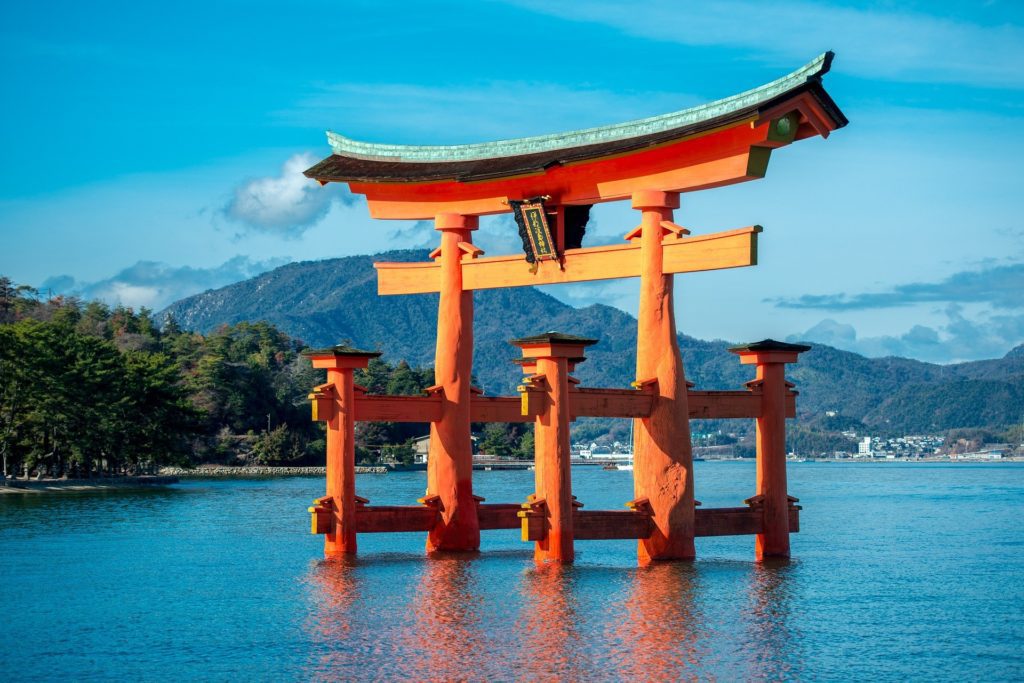
Now, you see two goddesses in the same heading.
There is actually a reason for this.
Ichikishimahime is one of the three sister deities known as the “Three Munakata Goddesses.
In Japanese mythology, she was born when Amaterasu, who appeared earlier, and her brother Susanowo made a vow of divination.
At that time, Amaterasu commanded him to protect the Genkai Sea in the Kyushu region of Japan.
The Munakata Taisha Shrine, which is now a World Heritage site, was then established.
Historically, however, they are said to be indigenous goddesses of northern Kyushu.
They have been prayed to for safety at sea.
In other words, they were originally gods of maritime safety, not of art or entertainment.
Then Buddhism and Benzaiten came along.
Benzaiten was originally a water goddess called Sarasvati, who was worshipped in India.
Over time, Sarasvati came to be worshipped as a goddess of art, learning, and beauty.
Sarasvati was incorporated into Buddhism and became Benzaiten.
Like Sarasvati, Benzaiten became a Buddhist deity who presided over the arts, learning, beauty, and the gods.
Furthermore, Benzaiten met with Japanese beliefs, and the true form of Ichikishimahime came to be known as Benzaiten.
When Buddhism was imported to Japan, it was considered more powerful than the Japanese deities.
This was said to be because of the golden color and beauty of Buddhist statues.
It was also due to political gamesmanship.
Due to this influence, 1,000 years ago in Japan, the true form of the Japanese deities were considered to be Buddhist deities.
So, it is possible that Benzaiten is enshrined at some Munakata-affiliated shrines.
Sarasvati = Benzaiten = Ichikishimahime!
Thus Benzaiten and Ichikishimahime are believed to be goddesses of the arts and entertainment.
🌟「吉原神社」の「弁財天」お守り pic.twitter.com/8AvEmjcqdx
— 諸橋カムイ (@morokamui) January 9, 2023
Benzaiten” amulet at Yoshiwara Shrine
@morokamui
Real Historical Figures and Shrines That Became Gods of Art and Fine Arts
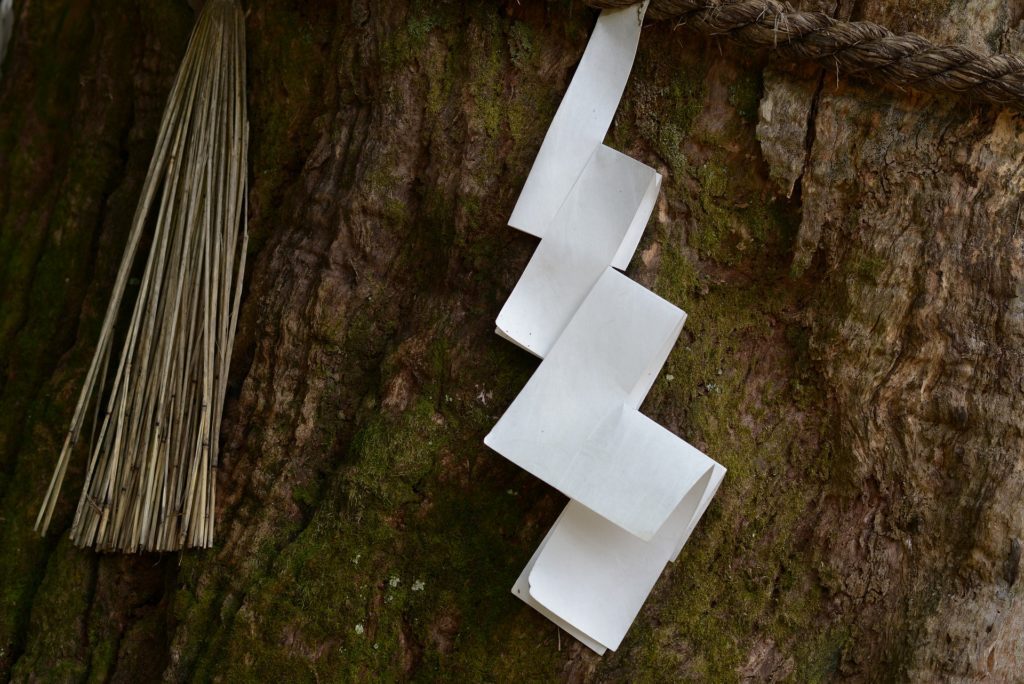
Why are there no gods of art in Japan?
So far we have introduced the gods of Japanese mythology.
But while there are gods who protect the performing arts such as singing and dancing, there are no gods of painting and art.
Why is that?
Let me change the subject.
In the West, painting and sculpture were considered manual labor.
It was considered lowly work, not brain work like music or poetry.
That is why even the Greek gods have a muse, which is where the word music comes from.
But there is no god of painting or sculpture.
The closest thing to the Japanese belief in gods would be the Christian belief in saints.
St. Luke, who is said to have painted the Virgin Mary for the first time, is the patron saint of painters.
In the same way, it is easy to see Amenouzume as the patron saint of Japanese painters.
Let us return to Japan.
I have come up with my own reasons as to why there are no gods of art in Japan.
This is my imagination, but there are two reasons.
One is that shamanism was the originator of the performing arts (music, dance, drama, etc.) in Japan.
The other reason, I believe, is the modern definition of art.
Shamanism
Citation: Kotobank
(shamanism) One of the primitive religions that is said to have been originated by the primitive peoples of northern Siberia and introduced to the Far East. Shamans, or shamans, are priestesses or priestesses who, through rigorous training, acquire the ability to commune directly with gods and spirits, and in a kind of state of self-denial, drive away evil spirits and illnesses, and make judgments and predictions about good and bad fortune. Japanese primitive religions are said to have followed the same line.
In short, shamanism means “to bring down invisible gods and receive their words.
What was performed in the ritual was music and dance.
By uplifting their spirits with music and dance, priestesses brought down the gods to themselves and received oracles.
So, even in modern times, the festival continued to offer songs and dances to the gods.
In other words, music and dance have been rooted in the lives and beliefs of the Japanese people since ancient times.
Therefore, there are also gods related to them.
What is art, by the way?
According to “The History of Western Art, Newly Enlarged and Colorized Edition,” art is defined as something that “cannot be considered to have a direct function in real life.
If you live like you have no food for tomorrow, you don’t decorate things.
You would make things stronger and more useful.
This will increase the probability of survival.
Without a certain level of cultural freedom, we would not be familiar with paintings and the like.
Then, we must be one step removed from the success of rice cultivation and war.
Without peace, there will be no one who can excel in art (and become a god).
This is why many of the people who are currently worshipped as gods of painting and art in Japan are real historical figures.
I would further add.
For a long time in Japan, calligraphy and painting have been lumped together as the same genre.
Therefore, a god of painting alone is a rather minor figure.
This time, we could find only two figures related to art.
If you know of any other great people who are gods, please let us know.
Lord Ono Takamura
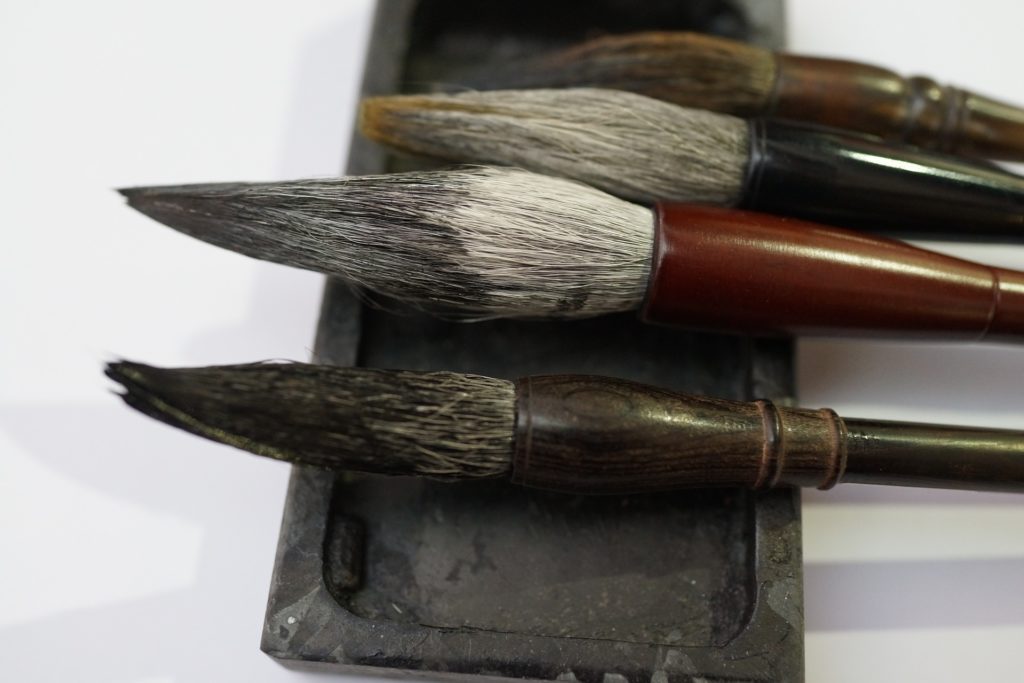
Ono Takamura was a man of many talents as a cultural figure who served his country during the Heian period.
In addition, he was a real person famous for his numerous tasks.
For a detailed explanation, we quote from the website of Onoterasaki Shrine, a representative shrine dedicated to Ono Takamura
Ono Takamura, the deity of our shrine, was a real person who lived in the early to mid-Heian period.
He was a “god of learning” who demonstrated his talents at the center of the nation.
Ono Takamura was also a great exponent and cornerstone of the Heian culture, with his diverse sensibilities in Chinese poetry, waka, calligraphy, painting, and other forms.
For this reason, he is regarded as the “god of the arts.He is also known for his overwhelming energy and ability to accomplish a wide variety of tasks.
Therefore, he is widely worshipped as the “God of Work” with many anecdotes.
Reference: Onoterasaki Shrine
Onosaki Shrine Amulet for the improvement of the performing arts!

Lord Michizane of Sugawara
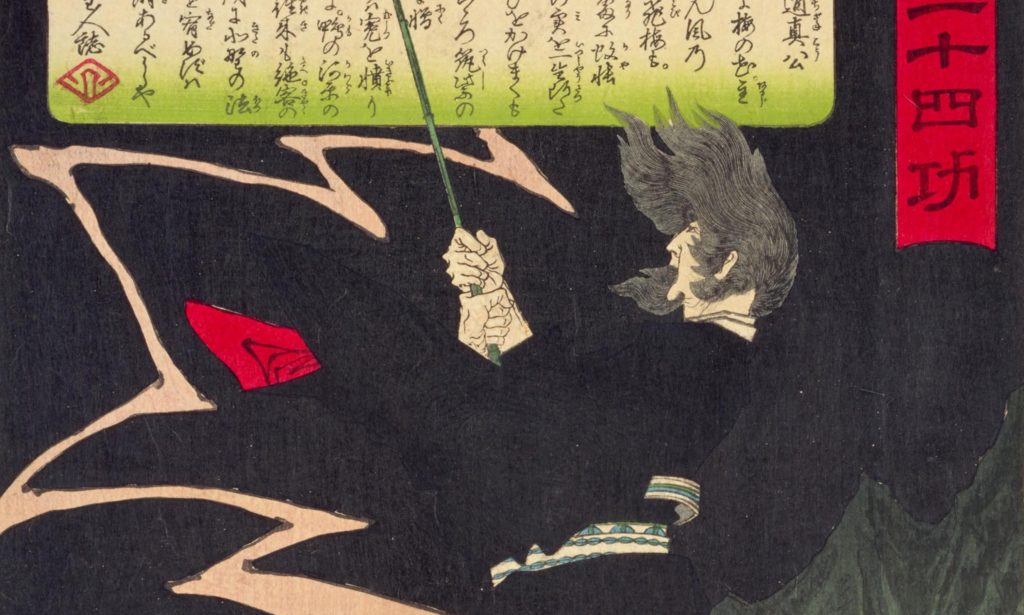
Another cultural figure of the Heian period, Sugawara Michizane is also present.
He was originally enshrined to appease his haunting.
In modern times, however, he is regarded as a god of culture in the broadest sense.
Therefore, it has an aspect as a guardian of art, a new culture in the history of mankind.
Sugawara Michizane (Tenjin-sama), the deity of this shrine, has long been worshipped as the “god of culture” as well as the “god of learning.
Behind the spread of this belief are the ideas and culture that were valued by the people of each era.
Furthermore, the deity has been dedicated to waka, renga, kabuki, and calligraphy and painting.
As a result, Dazaifu Tenmangu Shrine became closely associated with literature, performing arts, and the so-called arts.
In addition, in reverential worship of Tenjin-sama, go-images, auspicious scrolls, and ema (votive picture tablet) depicting his image were dedicated to the shrine.
Artists of the time dedicated their best works to Tenjin-sama.
Among them, the votive ema is one of the most massive in Kyushu.
The ema hall where they are displayed serves as a gallery.
Reference: Dazaifu Tenmangu Shrine
Summary of Gods of Arts
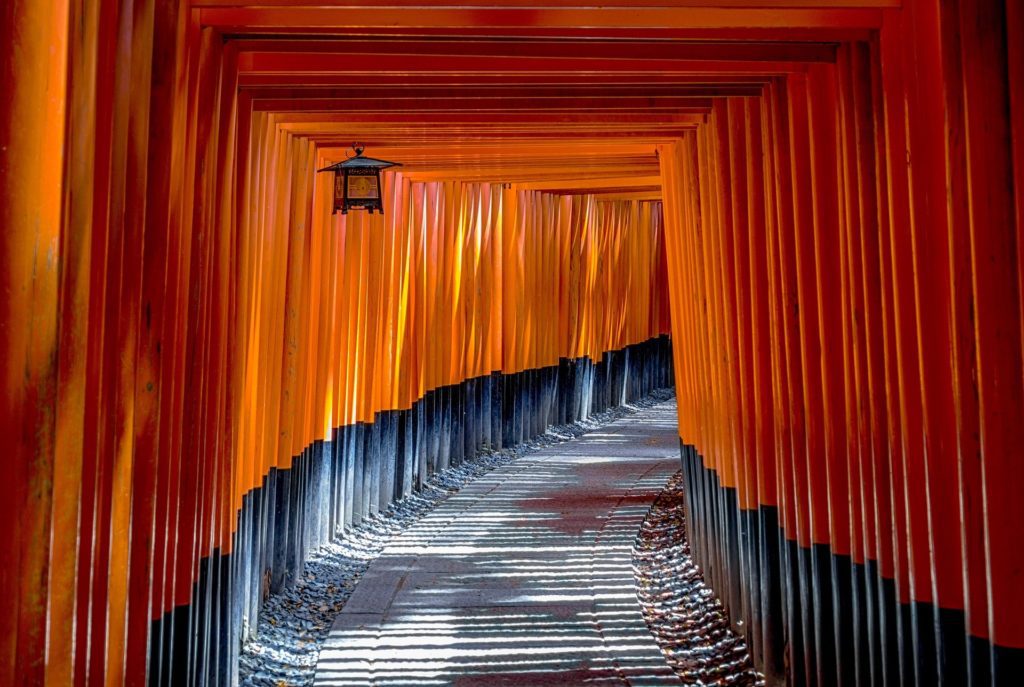
These are the gods of art and art in Japan.
Did you find a god you like?
In this article, we have unraveled their way of life and the beginning of their beliefs.
In this article, we have explained that art was a culture that did not deserve to be worshipped as a god.
(In the first place, the idea of “art” or “fine art” is a recently created genre in Japan.)
However, today, when food, clothing, and shelter have become more stable and the threat of death has become more remote, there is a demand for the fulfillment of the soul.
Perhaps it is precisely because we live in such an age that there is a new demand for a god of art, a god of art.
Old gods of art and entertainment, such as Amenouzume and Benzaiten, have come to have new benefits.
Or, as with Sugawara no Michizane, another aspect of the deities has been taken up.
It can be said that changes in the gods’ benefits and roles are the result of the process by which new beliefs are born.
- Amenouzume and Benzaiten (Ichikishimahime) are regarded as Japanese gods of art.
- Cultural figures who existed after the Heian period are also worshipped as gods of art.
Related to Shrines for Better Painting!
Previous Article!
➡Why Sketches Matter in Japanese Painting
Next up!
Click here to read the article on analog illustration!
Click here to read the article on Japanese painting!


